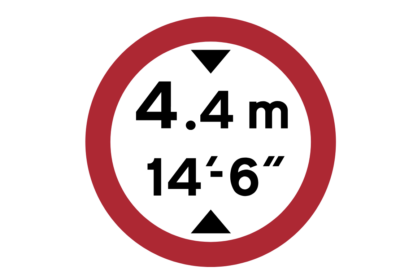The surge in house building growth continued to cause a shortage of bricks, blocks and other materials as suppliers struggled to respond to increasing levels of output.
Crest said it had extended beyond its traditional UK supply base to overcome delays, but schedules had suffered and were also interrupted by a long period of extremely wet weather in some of its regions.
Stephen Stone, chief executive, warned building costs were continuing to rise, particularly wage rates for comparatively scarce skilled trades such as bricklaying.
Crest is responding with fresh measures to increase practical knowledge and skills on its sites through a new quality manual and inspection processes.
“These are designed to promote good workmanship and prevent poor practices such as substitution of materials, which can contribute to the performance gap between design and as-built,” he said.
Crest said it had taken on nearly 100 extra staff in 2014, lifting the total to 711.
Despite this the house builder lifted operating profit a third to a record £128m on sales up 21% to £636m in the year ending October 31.
“Crest Nicholson enters 2015 in a strong position and we are encouraged by the strong start to the year.
“Improved access to mortgages and real income growth underpins our confidence in the market and in generating high quality returns.
“As we grow towards our natural scale, we maintain our Southern focus and commitment to building high quality homes where people want to live.”
Over the year open-market average selling prices rose 15% to £287,000, helping to lift operating profit margin to 20%.
“During the year, significant investments on the infrastructure required to open up a number of our strategic sites for production have continued and the first legal completions have been achieved at Kilnwood Vale in West Sussex, Monksmoor Park in Northamptonshire and Stour Meadows in Kent.
He said that the firm’s pilot garden village, Tadpole Gate, near Swindon was also now opened for sale.
Crest also added 3,730 plots to the short-term land pipeline, across 25 sites, giving it a short-term land pipeline of 6.8 years.

.gif)








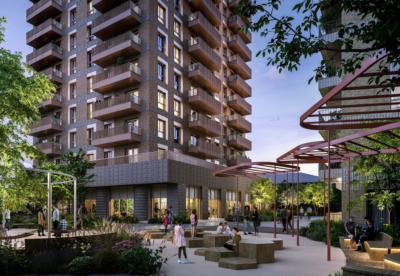

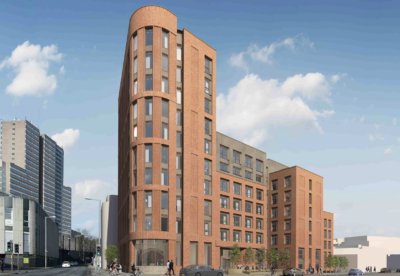


.gif)
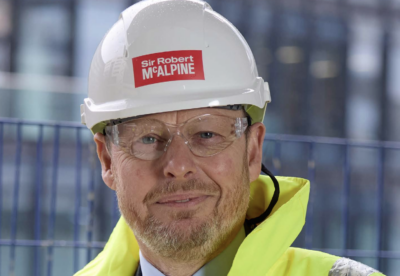
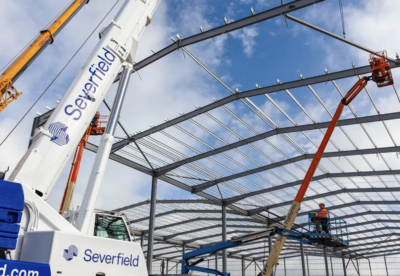
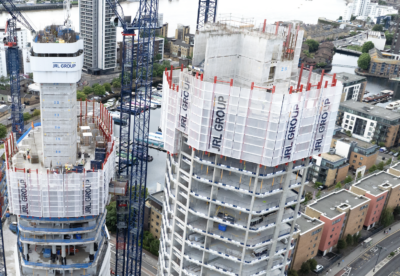

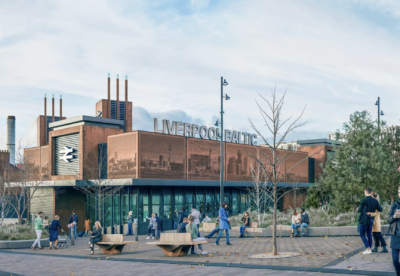



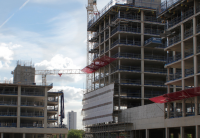
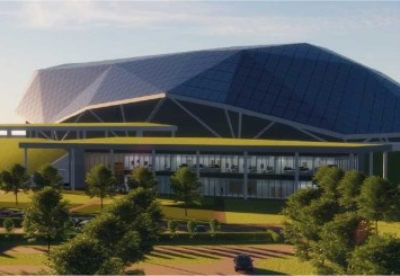


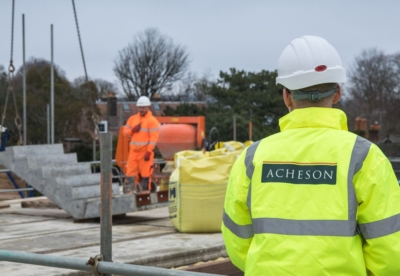
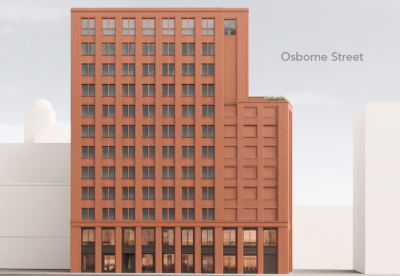


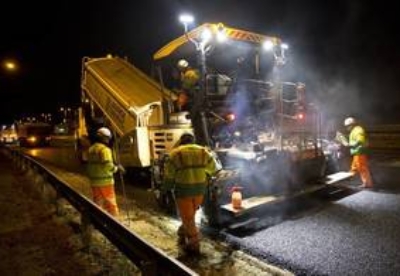

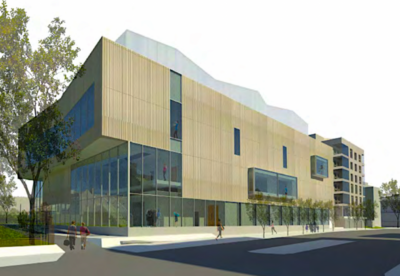
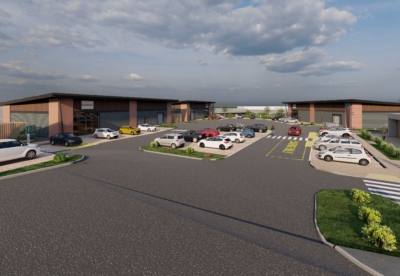


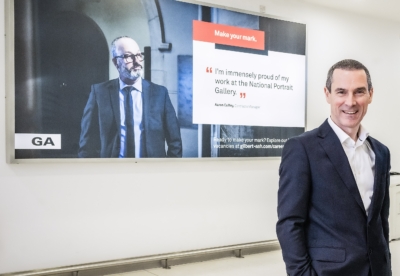

 (300 x 250 px).jpg)


